Repeatability and accuracy are core to all motion systems — especially XY gantries. On gantries, controls make axes run through predefined trajectories. Traditional XY gantry setups include an upper Y-axis gantry member sitting on twin X1 and X2 support axes. The latter axes include motor, screw, and bearing separated by a finite distance orthogonal to stroke.
Due to manufacturing limitations of linear guides, there are deflections, ballscrew lead errors, and misalignments that cause X1 and X2 position errors — in large part because of imperfect orthogonality. So as the loaded Y-axis sweeps the XY plane, it also introduces X-axis position errors.
How to address this problem or propagating error? Usually engineers add 2D position-error mapping to the controls or suspend the Y axis from flexible members called flexures … and then independently control the X1 and X2 axes to maintain orthogonality. This reduces system bandwidth and allows angle adjustment or no more than 1° or so. More after the jump.
Myriad other applications are intentionally built with a large theta angle for an X-Y-theta axis setup to allow work-tool alignment to non-orthogonally located objects and patterns.
One manufacturer — IntelLiDrives — now designs and manufactures such XY gantries to cover large areas with a theta angle to 20° or more. This new kinematic setup gives OEMs large ranges of motion from independent X1 and X2 parallel axes. Plus it lets controls hold orthogonality in the XY plane or intentionally increase theta of the Y axis about X1 and X2 and even rotate Y around a virtually programmed point.
The gantry has two pivot points on X1 and X2 to let the Y cross-axis rotate around each X axis and then displace linearly about each. Current iterations of the gantry use motor-driven ball screw actuators (more specifically, run off a brushless servo motor that includes an encoder) but the design in future iterations may leverage the integration of linear servo motors for applications that need direct-drive accuracy. These gantries also traverse a larger working area than delta robots (which can also be costly and bulky).
Optional Z-axis for applications needing DOF
IntelLiDrives incorporates a multi-axis controller into the gantry to independently steer both X1 and X2 positions and theta (as X1-X2 control). Independently controlling the X1 and X2 axes means they can make strokes to any number of programmable distances — and that in turn enables Y-axis rotation around programmable pivot points.
IntelLiDrives currently sells gantries of this design to deliver XY travel of 800 x 800 mm with 20° of Y rotation. Theta angle control is to 1 arc-sec of resolution with repeatability to 3 arc-sec. Larger versions are available upon request. The gantries already operate in myriad reticle alignment, semiconductor wafer, and flat-panel manufacturing applications. For more information, visit www.intellidrives.com.

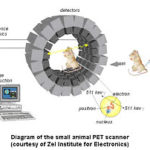
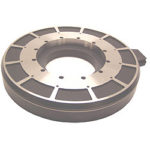
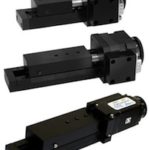
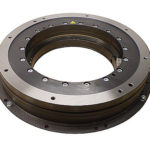
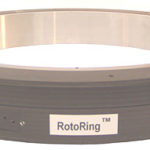

Leave a Reply
You must be logged in to post a comment.